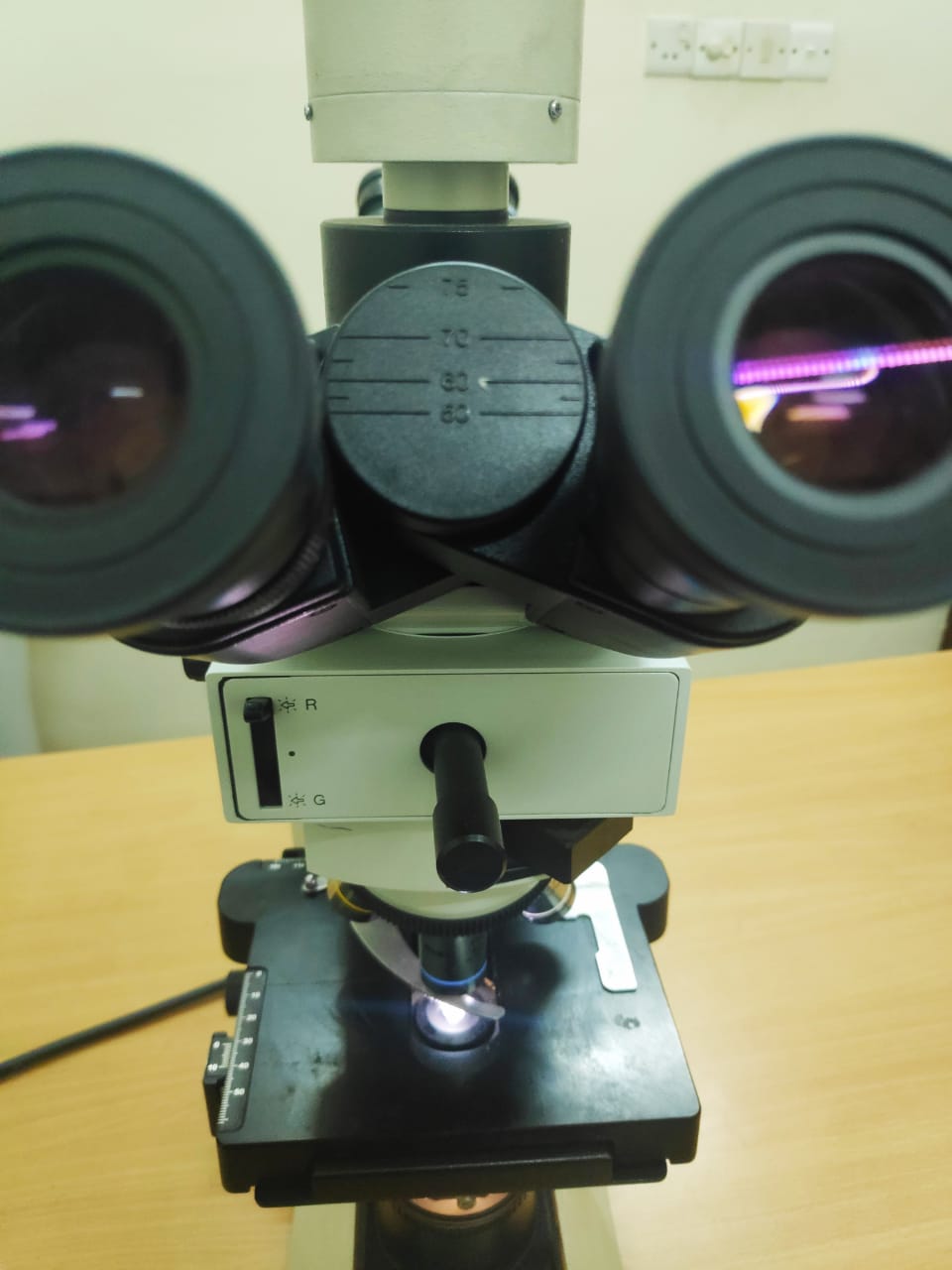Histopathology is the examination of biological tissues in order to observe the appearance of diseased cells in microscopic detail.
Histopathology typically involves a biopsy, which is a procedure involving taking a small sample of tissue, usually undertaken by a pathologist, who are experts in diagnoses of diseases.
Cytopathology is commonly used to investigate diseases involving a wide range of body sites, often to aid in the diagnosis of cancer but also in the diagnosis of some infectious diseases and other inflammatory conditions. For example, a common application of cytopathology is the Pap smear, a screening tool used to detect precancerous cervical lesions that may lead to cervical cancer.
Image guided biopsy has become the preferred procedure for extracting sample fluid/tissue for examination to check for presence, cause or extent of a disease. Image-Guided biopsies are an integral part of medical care, allowing the establishment of a histopathologic diagnosis through a minimally invasive procedure. Image-guided biopsies can be either fine needle aspirations or cores, or both. It has added benefits compared to surgical biopsy in that;
* It increases the accuracy of sample collection since the extraction process has visual guidance.
* It decreases patient exposure to invasive procedure.
* The procedure leaves a smaller wound compared to surgery reducing scar size and recovery time.
* It much cheaper than surgical biopsy.
This discipline is absolutely vital to the understanding and detection of diseases, which ultimately broadens and progresses treatment options in the majority of instances.



